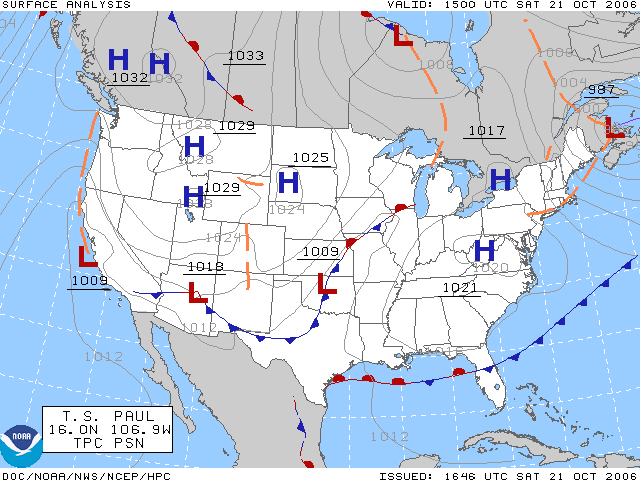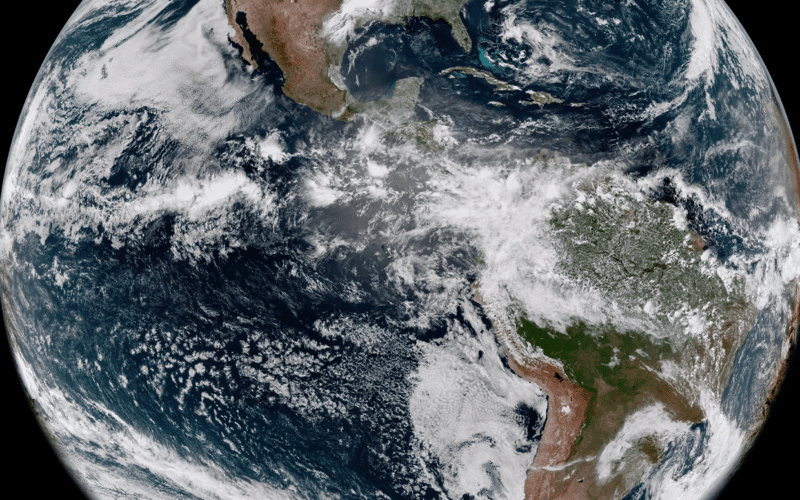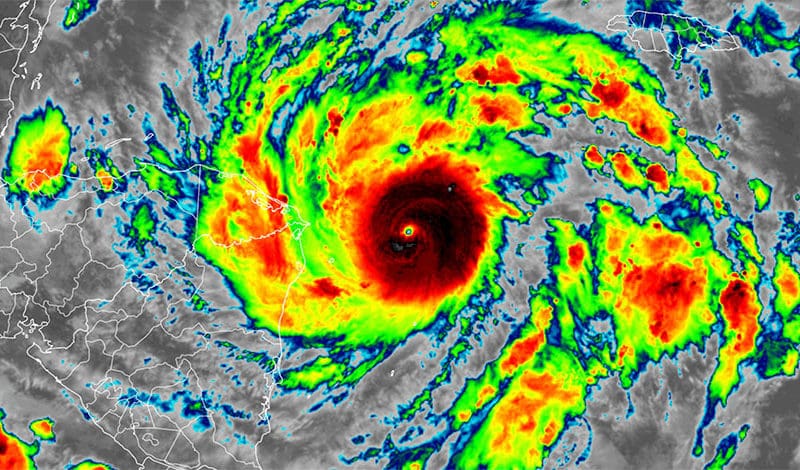12
Oct
by Ken McKinley There is much more information disseminated about hurricanes today than there was a generation ago, which is a good thing. Back then, forecasts were not as accurate as they are today, and were generally sent only as text products. With widespread internet connectivity still in the future a generation ago, most members of the public and voyaging mariners got their information about hurricanes and their threats from radio or television reports. Some television meteorologists would generate graphics to show their audience, but they were not as sophisticated as they are today. These days the amount of…



